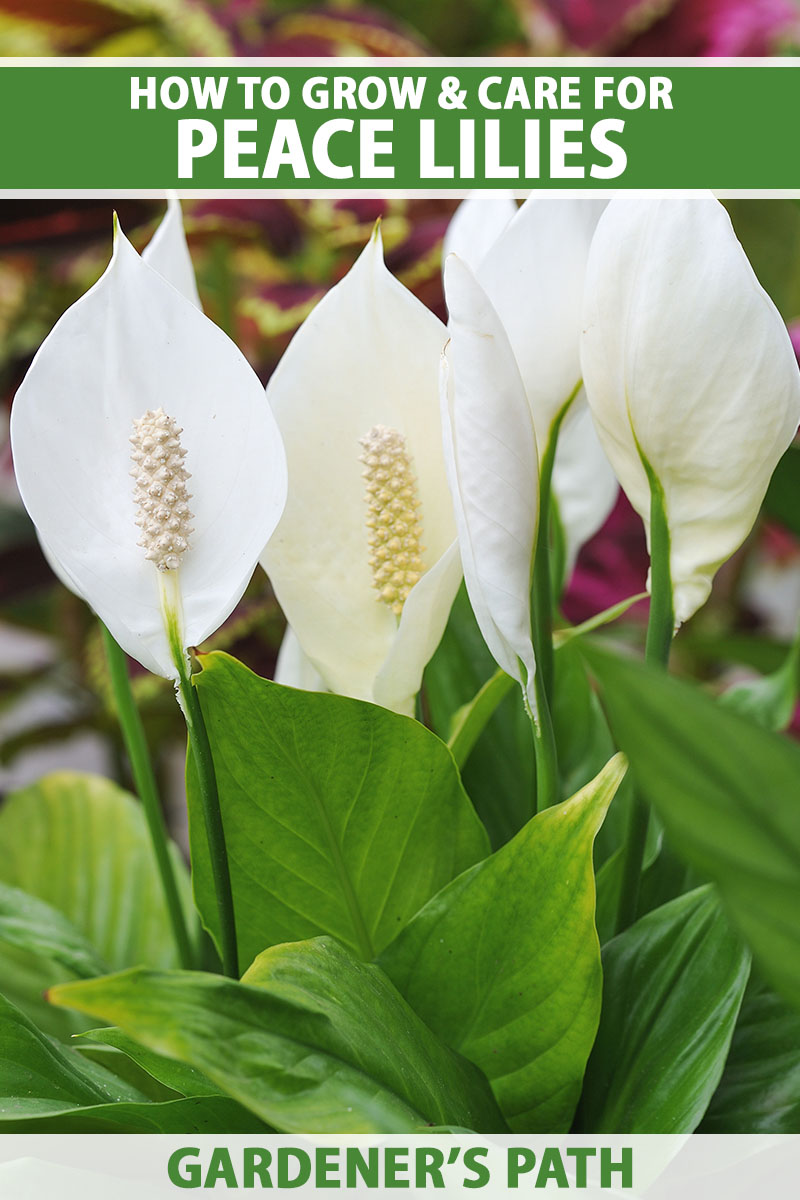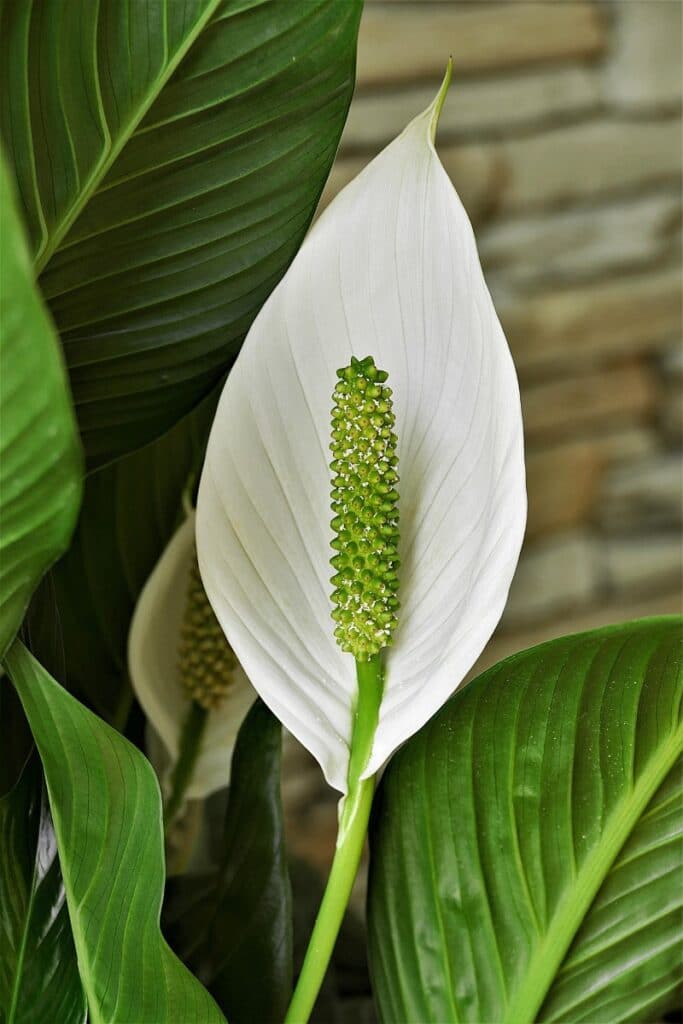Unlocking the Secrets of Happy Plant Parenting
The peace lily, a popular and low-maintenance houseplant, is a staple in many homes due to its elegant white blooms and ability to purify the air. However, to ensure the beauty and longevity of this plant, it’s essential to provide it with proper care. The care of a peace lily involves more than just watering and fertilizing; it requires attention to its environment, pruning, and pest control. By understanding the specific needs of peace lilies, you can create a thriving and serene atmosphere in your home. In this article, we’ll delve into the world of peace lily care, providing you with expert tips and guidance to help your plant flourish.
How to Create the Ideal Environment for Your Peace Lily
Creating an ideal environment is crucial for the care of a peace lily. Peace lilies thrive in well-lit areas, but not direct sunlight, which can cause the leaves to become scorched. East- or west-facing windows are ideal for these plants. In terms of temperature, peace lilies prefer temperatures between 65°F to 80°F (18°C to 27°C), making them a great addition to any room in the house. Humidity is also an essential factor, and peace lilies prefer a humid environment, typically above 50%. To maintain the right humidity, you can place the pot on a tray filled with water and pebbles or use a humidifier. By adjusting these factors, you can create an ideal environment that promotes healthy growth and blooming.
The Art of Watering: Avoiding Overhydration and Underhydration
Proper watering is a crucial aspect of the care of a peace lily. Overhydration can lead to root rot, while underhydration can cause the leaves to turn yellow and droop. To avoid these issues, it’s essential to check the soil moisture regularly. Stick your finger into the soil up to the first knuckle, and if the soil feels dry, it’s time to water. Water your peace lily thoroughly, making sure the pot drains well to prevent waterlogged soil. Avoid getting water on the leaves or crown of the plant, as this can cause rot. It’s also important to adjust your watering schedule according to the season, as peace lilies require more water during the spring and summer months when they’re actively growing. By mastering the art of watering, you can ensure your peace lily remains healthy and thriving.
Fertilizing for Optimal Growth and Blooming
Fertilization plays a vital role in the care of a peace lily, as it provides essential nutrients for healthy growth and blooming. Peace lilies are heavy feeders and require regular fertilization to thrive. A balanced, water-soluble fertilizer (20-20-20) is ideal for peace lilies, and it’s best to fertilize during the growing season (spring and summer). Dilute the fertilizer to half the recommended strength to avoid burning the roots. Apply the fertilizer once a month, and make sure to water the plant thoroughly after fertilization. It’s also important to avoid fertilizing during the winter months when the plant is dormant. By fertilizing correctly, you can promote healthy growth, encourage blooming, and maintain the overall health of your peace lily.
Pruning and Grooming: Maintaining Shape and Encouraging New Growth
Pruning and grooming are essential aspects of the care of a peace lily, as they help maintain the plant’s shape and promote healthy growth. Regular pruning encourages the plant to produce new stems and leaves, which can help maintain its natural beauty. To prune your peace lily, remove any dead or dying leaves and stems, cutting them off at the base with clean, sharp scissors or pruning shears. This will help prevent the spread of disease and encourage new growth. It’s also important to remove any brown or yellow tips on the leaves, as these can be unsightly and detract from the plant’s appearance. By pruning and grooming your peace lily regularly, you can maintain its shape, promote healthy growth, and ensure it remains a beautiful and thriving addition to your home.
Pest Control and Common Problems: Identifying and Addressing Issues
When it comes to the care of a peace lily, pest control and common problems can be a major concern. Peace lilies are susceptible to pests such as spider mites, mealybugs, and scale, which can cause damage to the plant’s leaves and stems. To identify these pests, look for signs such as white, cottony patches on the leaves, yellowing or distorted leaves, or tiny, moving dots on the underside of the leaves. To address these issues, use insecticidal soap or neem oil to treat the plant, and make sure to isolate the plant to prevent the pests from spreading. Additionally, peace lilies can be prone to root rot, which can be caused by overwatering or poor drainage. To prevent root rot, make sure to check the soil moisture regularly and avoid watering the plant too frequently. By being aware of these common problems and taking steps to prevent them, you can ensure the health and vitality of your peace lily.
Repotting and Propagation: Giving Your Peace Lily a Fresh Start
Repotting and propagation are essential aspects of the care of a peace lily, as they help maintain the plant’s health and vitality. Over time, peace lilies can outgrow their containers, and their soil can become depleted of nutrients. Repotting provides an opportunity to refresh the soil and give the plant more room to grow. When repotting, choose a pot that is only one to two sizes larger than the original pot, and use a well-draining potting mix specifically designed for tropical plants like peace lilies. To propagate a new peace lily, simply divide the plantlets that form around the base of the mother plant, and pot them up in a new container filled with fresh potting mix. Keep the soil consistently moist and warm until the new plants are established. By repotting and propagating your peace lily, you can ensure it remains a thriving and beautiful addition to your home.
Troubleshooting Common Issues: A Guide to Peace Lily Care
Despite their low-maintenance reputation, peace lilies can still encounter problems that affect their health and appearance. By understanding the common issues that can arise and knowing how to address them, you can ensure the care of a peace lily is optimal. One common problem is yellowing leaves, which can be caused by overwatering, underwatering, or exposure to direct sunlight. To address this, adjust your watering schedule and provide filtered sunlight. Droopy stems can be a sign of root rot, which can be prevented by avoiding waterlogged soil and ensuring good drainage. Lack of blooming can be caused by insufficient light or inadequate fertilization. To promote blooming, provide bright, indirect light and fertilize your peace lily regularly. By being aware of these common issues and taking steps to prevent them, you can enjoy the serene beauty of your peace lily for years to come.







